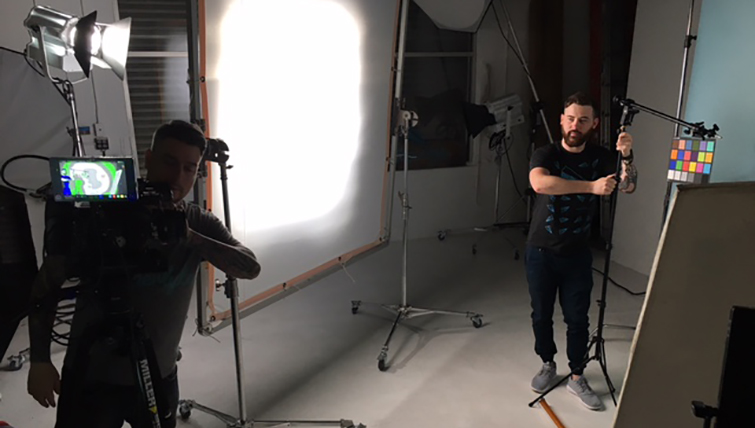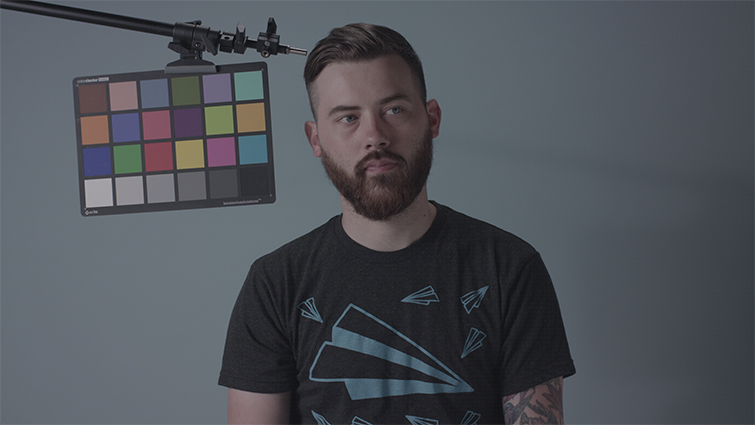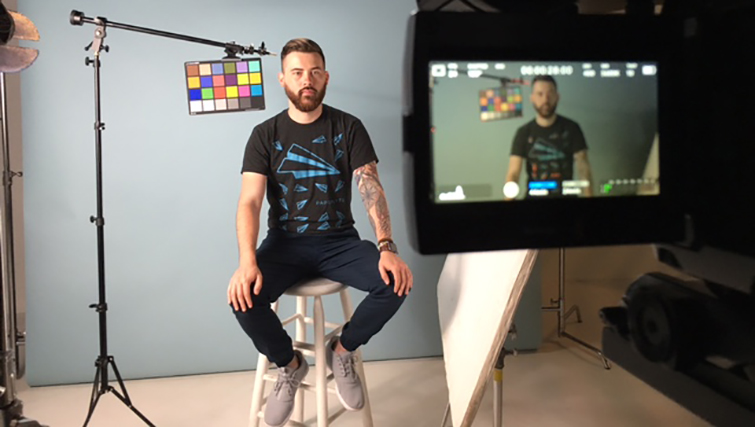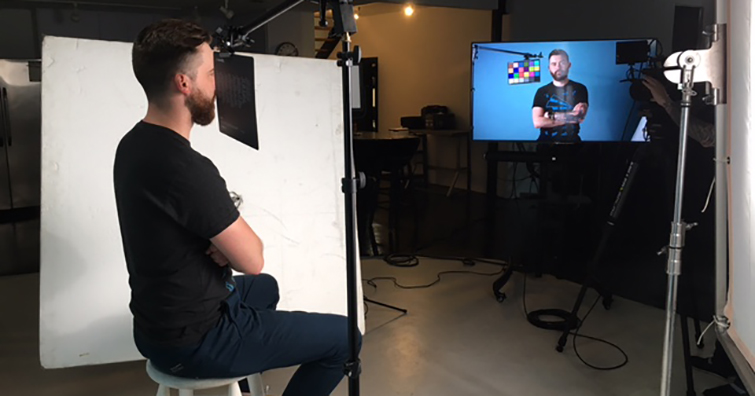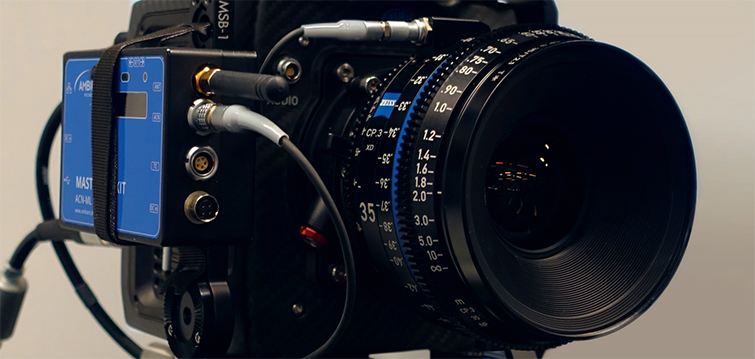
NAB 2017: ZEISS Announces New CP.3 and CP.3 XD Lens Family
Here is our quick hands-on review of ZEISS’s new CP.3 lenses and what you should expect.
All images via PremiumBeat, Paperlyte and ZEISS.
Here at PremiumBeat, we were fortunate to get an early look at ZEISS’s new CP.3 lenses before the recent announcement at NAB. The lenses, which we tested out in partnership with Paperlyte in Oak Cliff, Texas, gave us a quick glimpse into what theses new lenses have to offer.
Here’s a behind-the-scenes photo of the lens test at Paperlyte’s studios.
We were able to do a quick run-through to check out the lens at different T-stops and lighting setups while shooting on Paperlyte’s Blackmagic URSA Mini Pro 4.6k. Look out for some more in-depth reviews once the lenses hit the general public, but for a quick sneak peak, we tried to get a good understanding of what the new CP.3s have to offer and how they compare to the old model.
Clean and Crisp
ZEISS CP.3 50mm at 3.2 T-stop.
One of the first things you notice when working with the new CP.3s is their crispness. Like the old offering, the new lenses are sharp! The image, as seen through the URSA Mini Pro 4.6, provides good, clean definition.
Full and Consistent Coverage
The kit that we checked out included 18mm, 21mm, 35mm, 50mm, and 85mm lenses. It offers full-frame coverage that consistently matches across lenses and previous generations. With the wide-open T-stops of T2.9 for 18mm-21mm and T2.1 for 25 up to 135mm, you can count on the best exposure compensations on set or in any environment. Plus, thanks to the interchangeable mount system, you can use them on a wide variety of cameras.
Ease of Use
Like past generations, the CP.3 lenses are lightweight and easy to manage. You can feel comfortable using them on gimbals, drones, SteadiCams, and other handheld setups. The sizes and weight remain consistent across the focal lengths. The CP.3 also offers the same high expectations for focus rotation smoothness, which makes it quick and easy to rack focus on a dime.
Bonus: eXtended Data Technology
Not to bury the lede, but some of the coolest and biggest differences between the CP.2 and CP.3 lenses are in the new eXtended Data Technology (XD), which premiered at NAB (not in our tests). The new XD technology offers information about the lens’s distortion and shading characteristics, monitored and shared in real-time.
This means that with the ZEISS CP.3 XD on set, crew members can monitor lens settings in real-time, complete with pre-vis modified images and included search functions and data wrangling. In post, the XD data helps with everything, including fine-tuning, editing, color grading, visual effects, virtual and augmented reality, multi-cam live productions, and projection or 3-D imaging.
While we don’t have exact numbers yet, a ZEISS representative confirmed that the price points for the CP.3 will be similar to the CP.2.
The price of the CP.3 will be similar to CP.2 and the XD version will be a little bit more per lens. You can’t switch a normal CP.3 to a CP.3 XD, so customers would have to choose. Our recommendation is to consider the XD as it is future-proof and will have extended abilities beyond what is being introduced next week.
Here’s a clip by ZEISS that shows the new CP.3 lenses in use on an ARRI Alexa Mini.
You can read more about the lenses and the rest of ZEISS’s NAB announcements on their website.
What are you looking for in the new lenses? Let us know in the comments.


